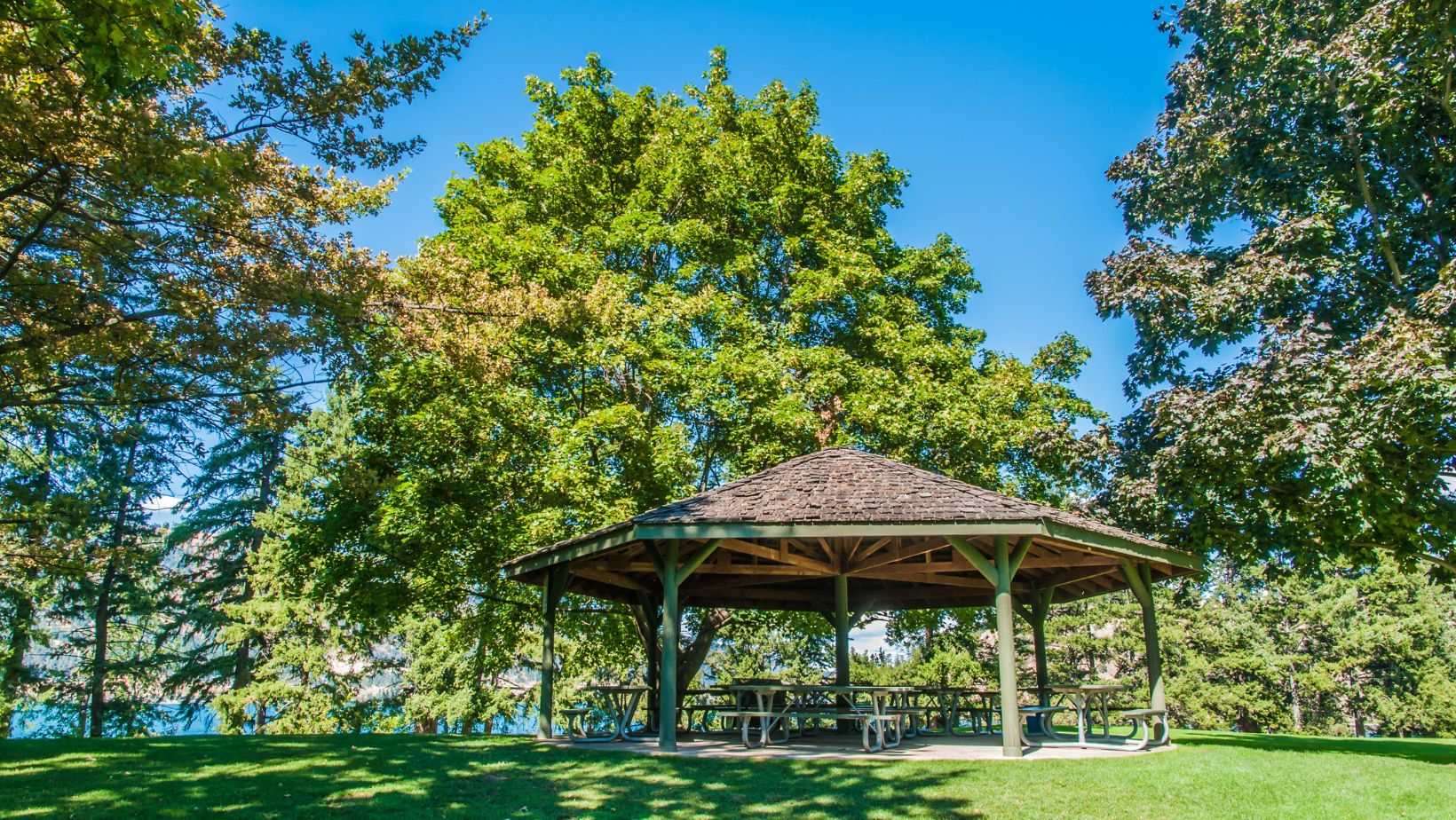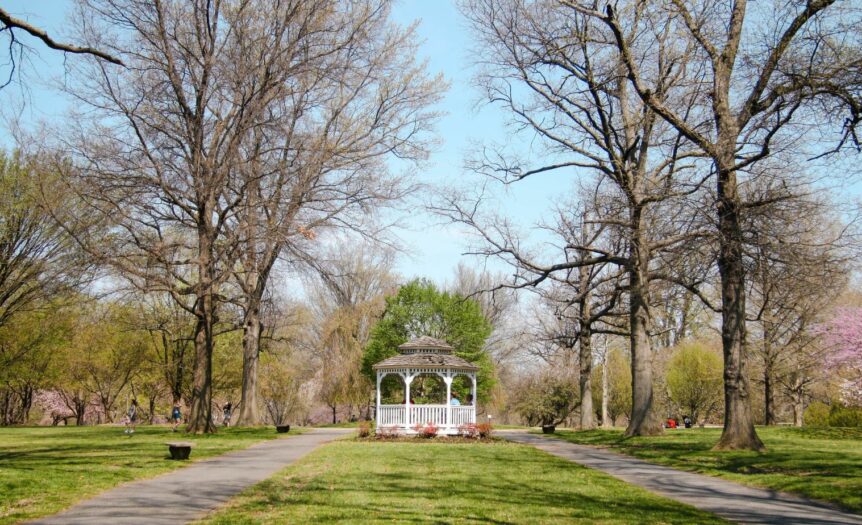Are you looking to add a touch of elegance and charm to your outdoor space? Look no further than the beautiful Pérgola, also known as a gazebo in Spanish. This stunning structure not only provides shade and shelter but also adds a sense of sophistication to any garden or patio. Join me as we explore the beauty and versatility of Pérgolas.
Pérgolas are traditional open-air structures that have been used for centuries in Spanish architecture. They typically consist of vertical posts supporting an open roof structure adorned with climbing plants such as vines or flowers. The combination of natural elements and architectural design creates a picturesque setting that is both inviting and visually appealing.
Whether you want to create an intimate seating area, host outdoor gatherings, or simply enjoy some quiet time surrounded by nature, a Pérgola can be customized to suit your needs. With its timeless beauty and functionality, this Spanish-inspired gazebo is sure to become the focal point of your outdoor oasis.
Gazebo in Spanish
The Origin and History of Gazebos
Gazebos have a rich history that dates back centuries. These charming structures originated in ancient Egypt and were later embraced by various cultures, including the Greeks and Romans. Initially, gazebos served as open-air pavilions where people could gather for social events or enjoy the beauty of their surroundings.
Over time, gazebos evolved in design and purpose. During the Renaissance period, they became more ornate with intricate carvings and delicate details. They were often featured in royal gardens as a symbol of wealth and status.
In modern times, gazebos continue to be valued for their aesthetic appeal and functionality. They are commonly found in parks, gardens, and outdoor spaces, providing shelter from the sun or rain while offering an inviting area to relax or entertain guests.
Different Types of Gazebos
Gazebos come in various styles, each with its own unique characteristics. Here are a few popular types:
- Traditional Gazebos: These are classic octagonal or hexagonal structures with open sides supported by columns or pillars.
- Pergolas: Pergolas are similar to gazebos but typically have an open-roof design with cross beams for partial shade.
- Canopy Gazebos: Canopy gazebos feature fabric tops that can be easily removed or adjusted according to weather conditions.
- Screened Gazebos: Screened gazebos provide protection against insects while allowing air circulation through mesh screens.

Differentiating Between Gazebos and Pérgolas
Comparing the Purpose and Function of Gazebos and Pérgolas
When it comes to outdoor structures, gazebos, and pérgolas are often used interchangeably. However, it’s important to understand the key differences between these two architectural features. While both gazebos and pérgolas can enhance your outdoor living space, they serve distinct purposes.
Gazebos are freestanding structures with a solid roof and open sides. They are designed to provide shelter from the elements while offering a panoramic view of the surroundings. Gazebos are commonly used as gathering spaces for social events or as tranquil retreats in gardens. From hosting backyard barbecues to relaxing in solitude, gazebos offer versatile functionality.
Understanding the Design and Structure of Gazebos
Gazebos typically have octagonal or rectangular shapes, although variations exist depending on personal preference or architectural styles. With sturdy materials such as wood, metal, or vinyl making up their framework, gazebos ensure durability throughout different weather conditions.
The solid roof of a gazebo provides ample protection from rain, sun exposure, and even light snowfall. Some models also come equipped with screens or curtains that can be drawn closed for added privacy or protection against insects.
In conclusion, pérgolas are not just simple structures; they are works of art that bring elegance and charm to any outdoor space. With their aesthetic appeal, versatile functionality, customization options, and potential to increase property value, it’s no wonder that these exquisite features have become a popular choice for homeowners seeking to create a captivating outdoor haven.






